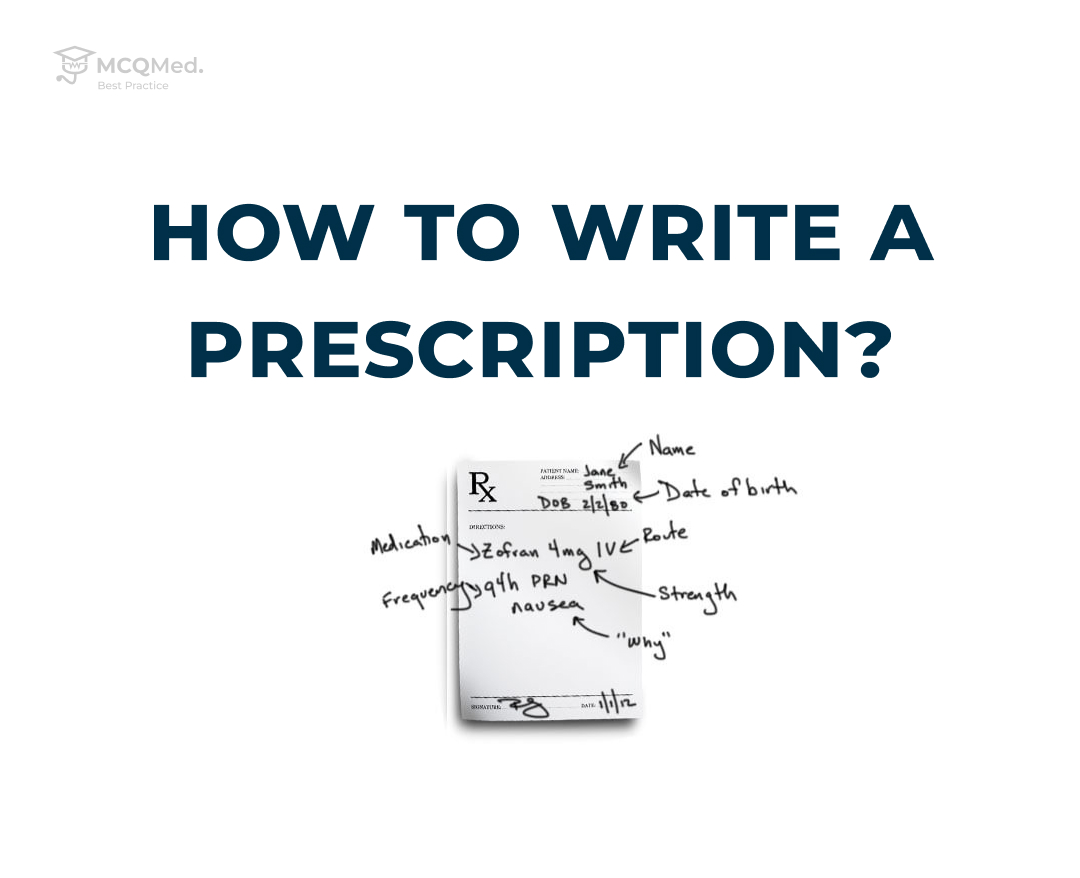
Muhammad Ali: A Champion’s Fight Against Parkinson’s – The legendary boxer battled Parkinson’s disease, a neurodegenerative disorder affecting movement and coordination.
Symptoms included tremors, bradykinesia (slowness of movement), rigidity, and postural instability.
Ali’s diagnosis in the mid-1980s raised awareness about the condition, inspiring research and support for those affected by this challenging neurological disorder.




